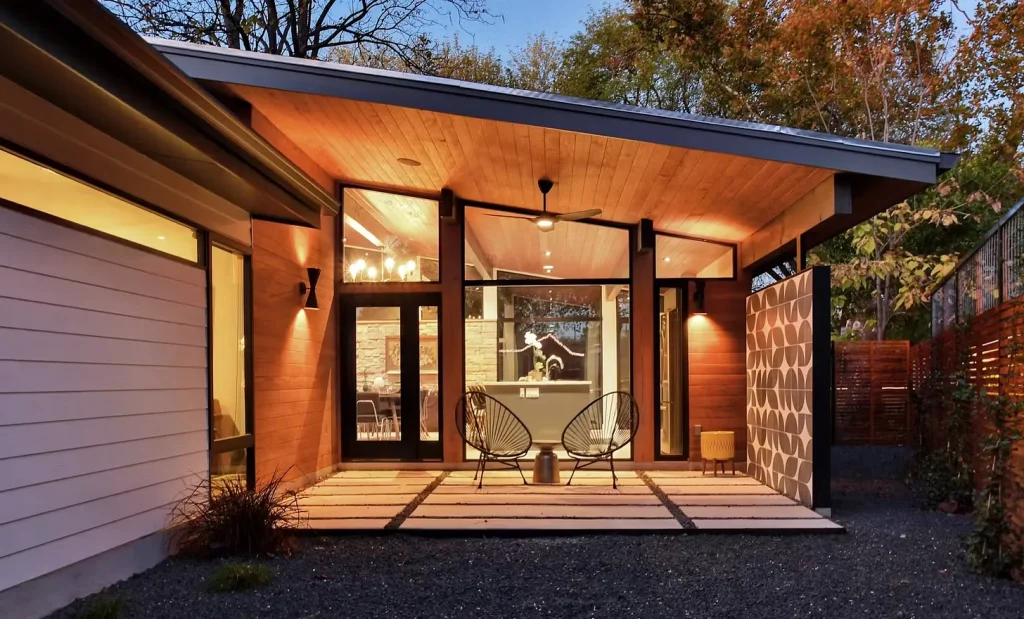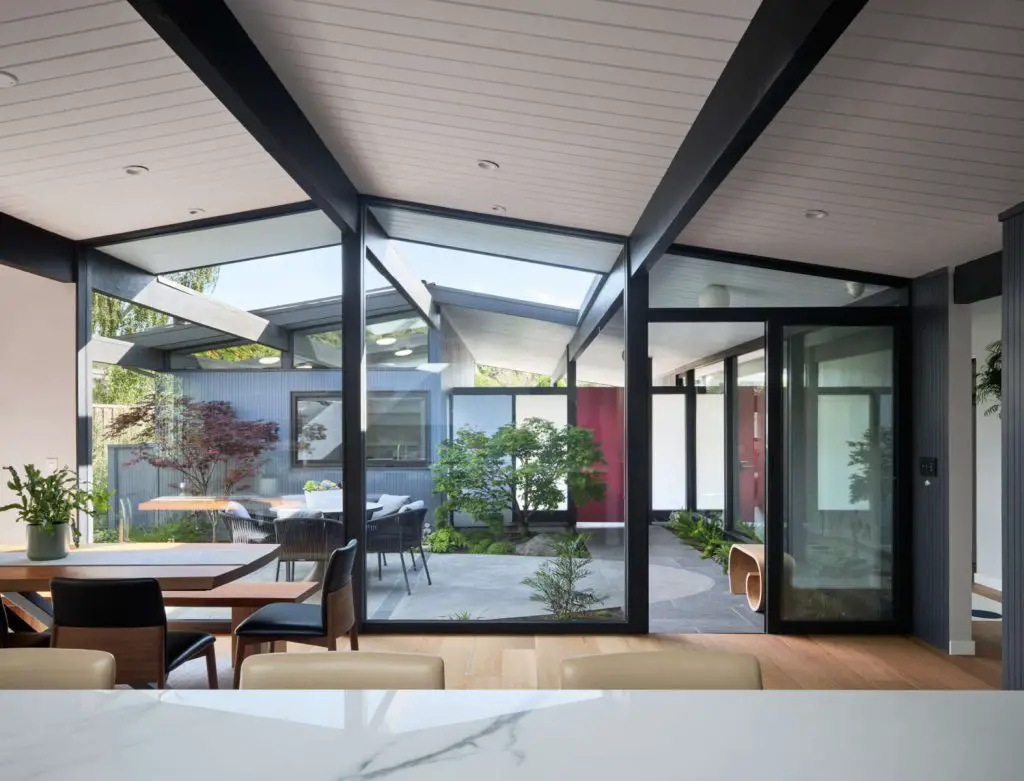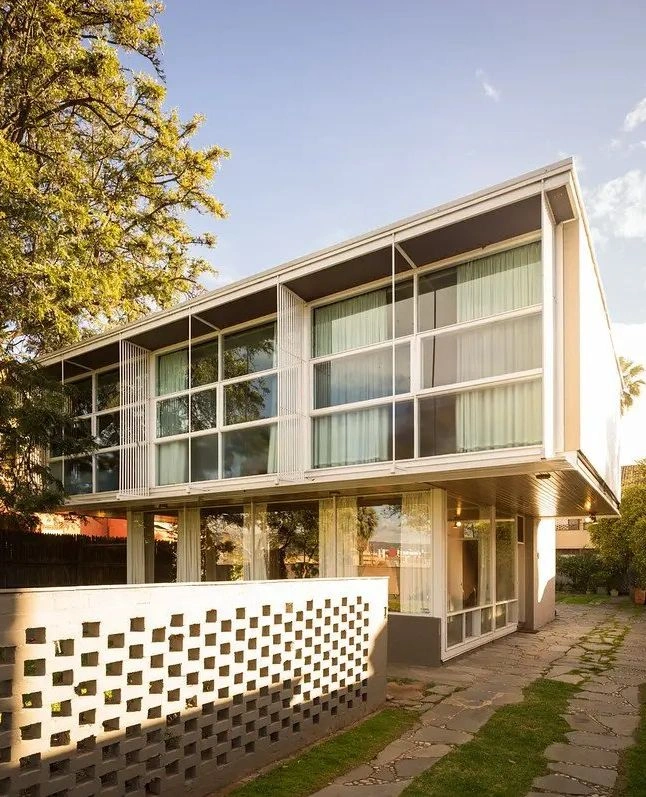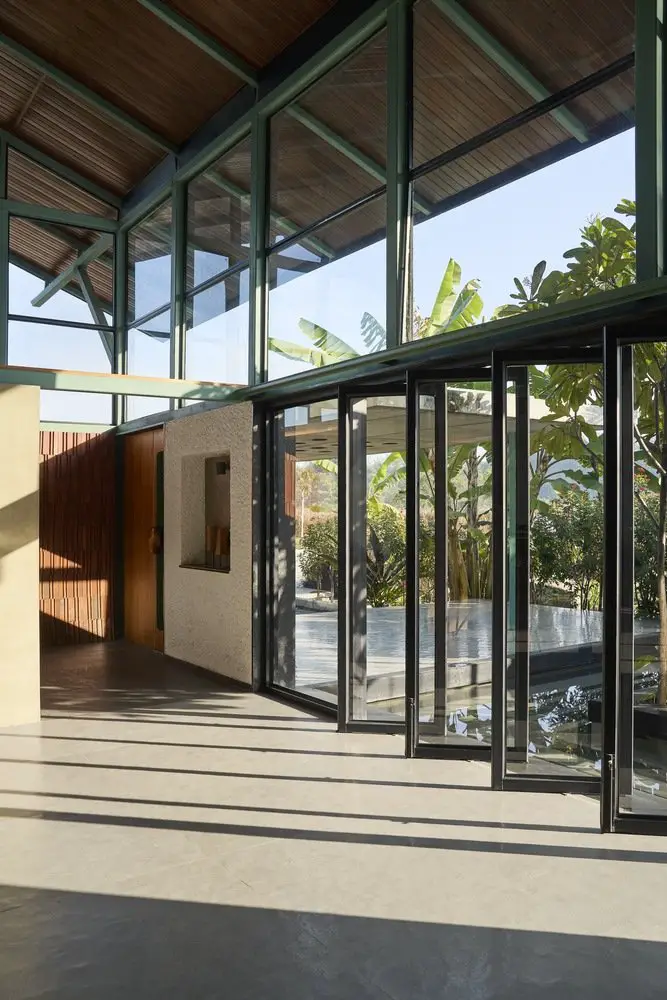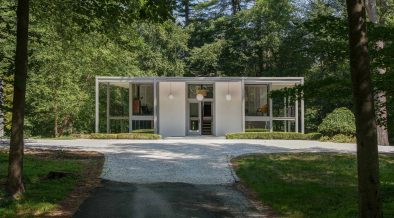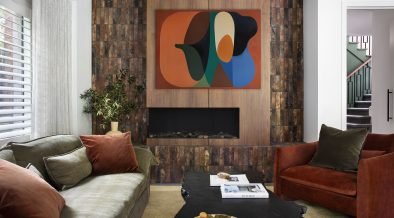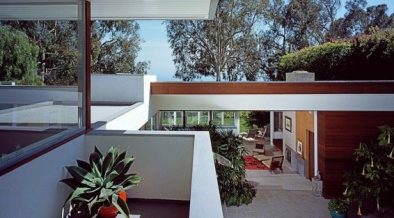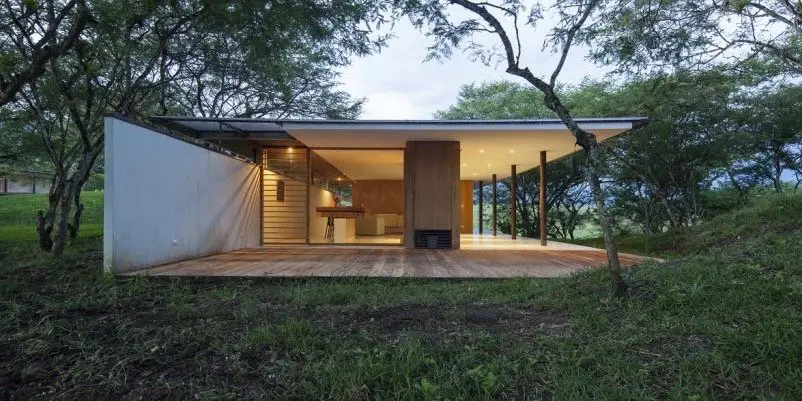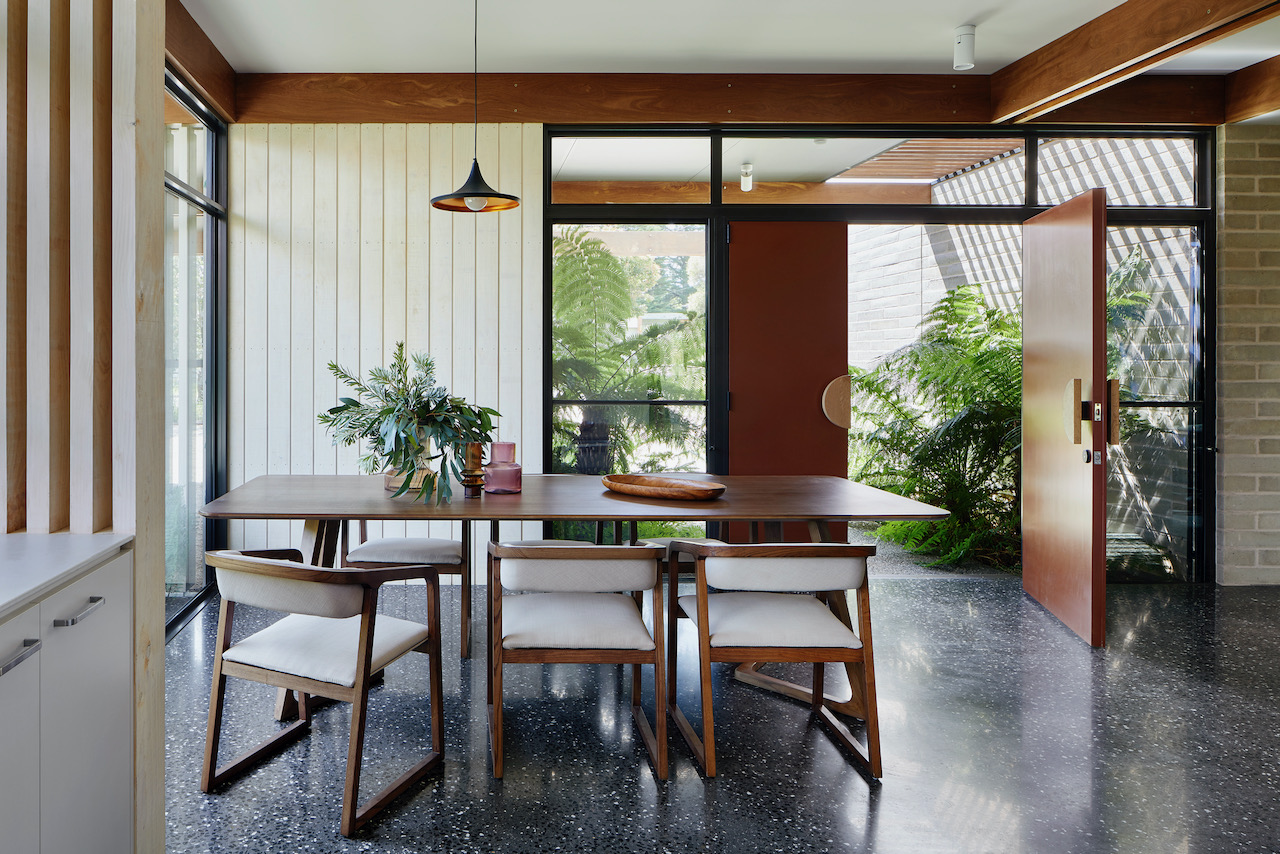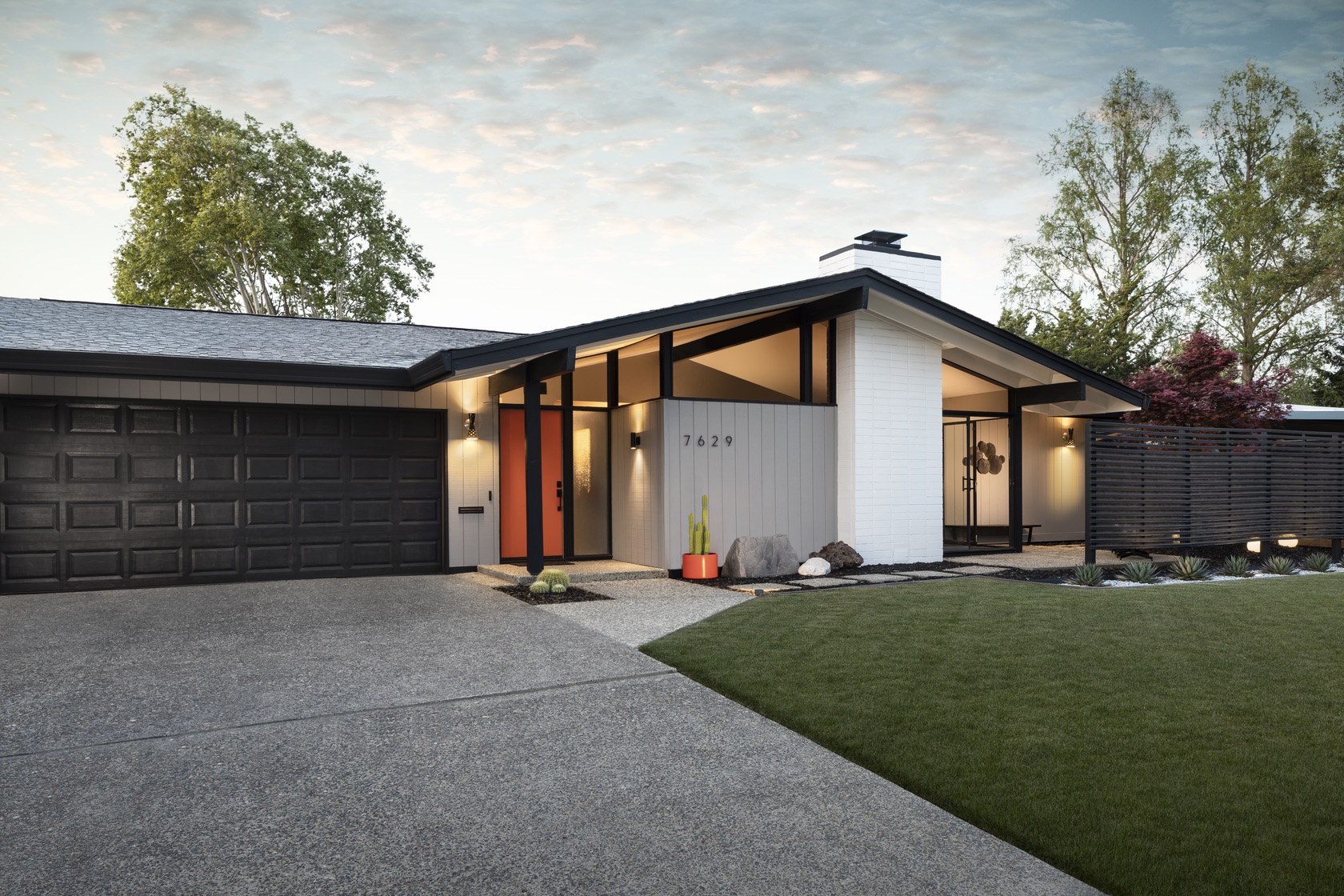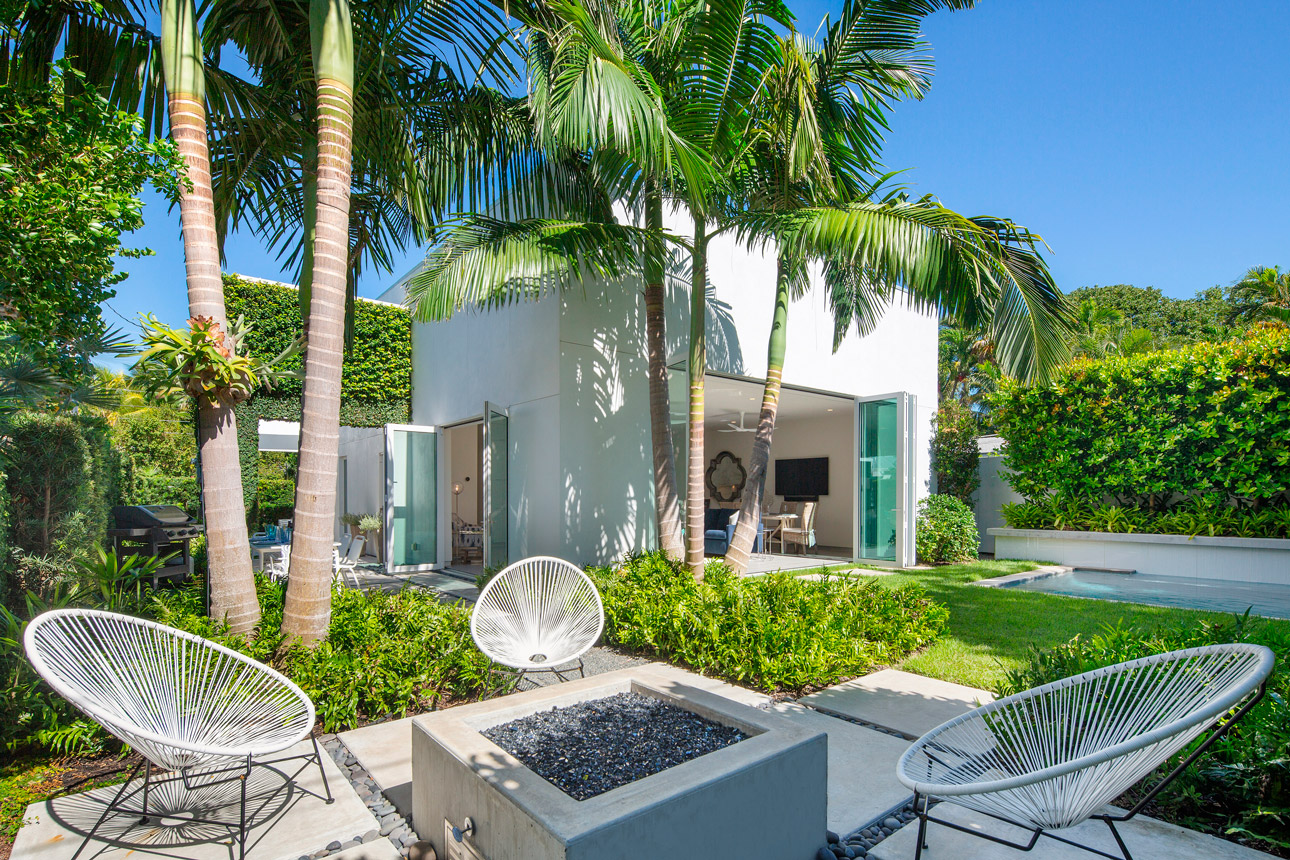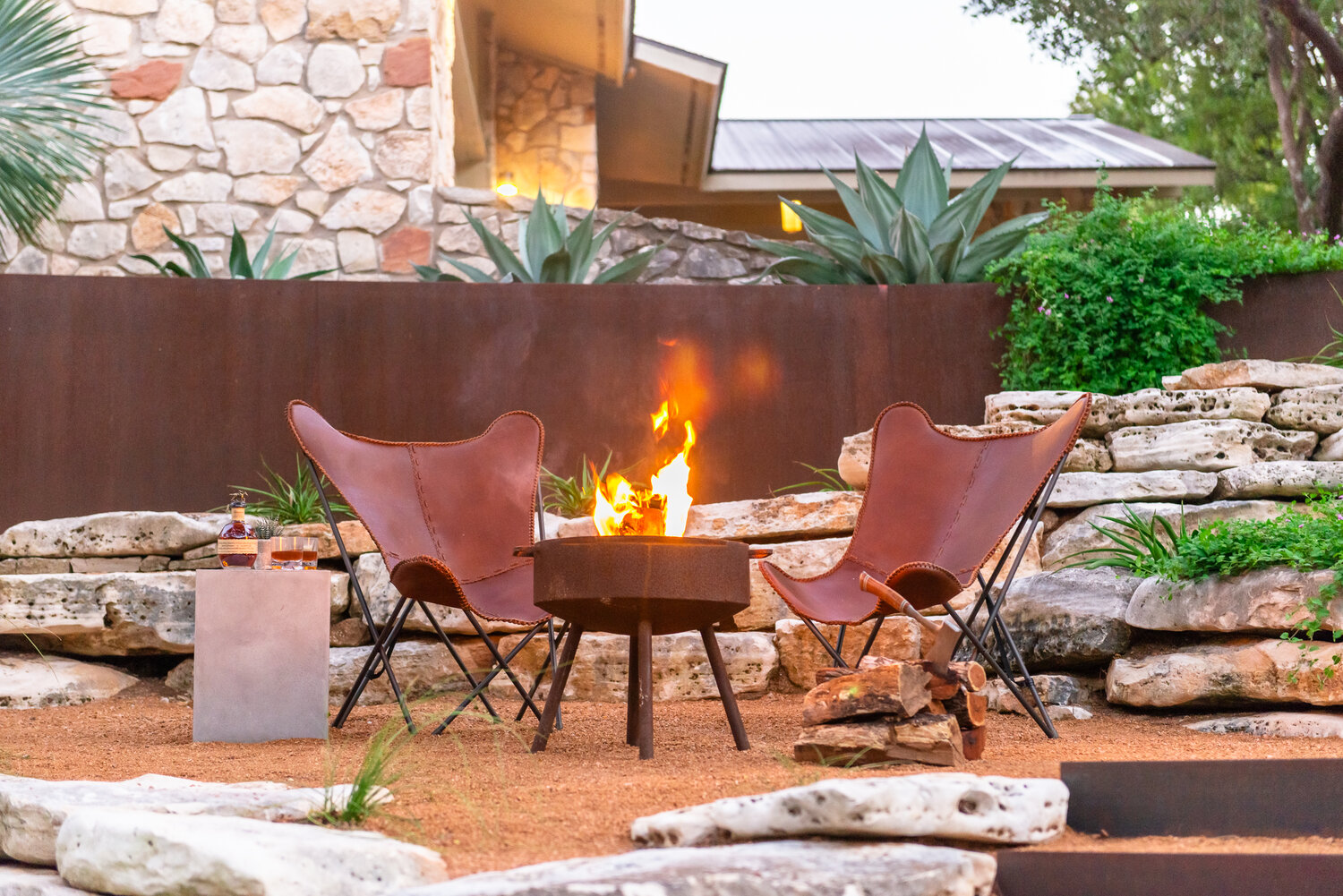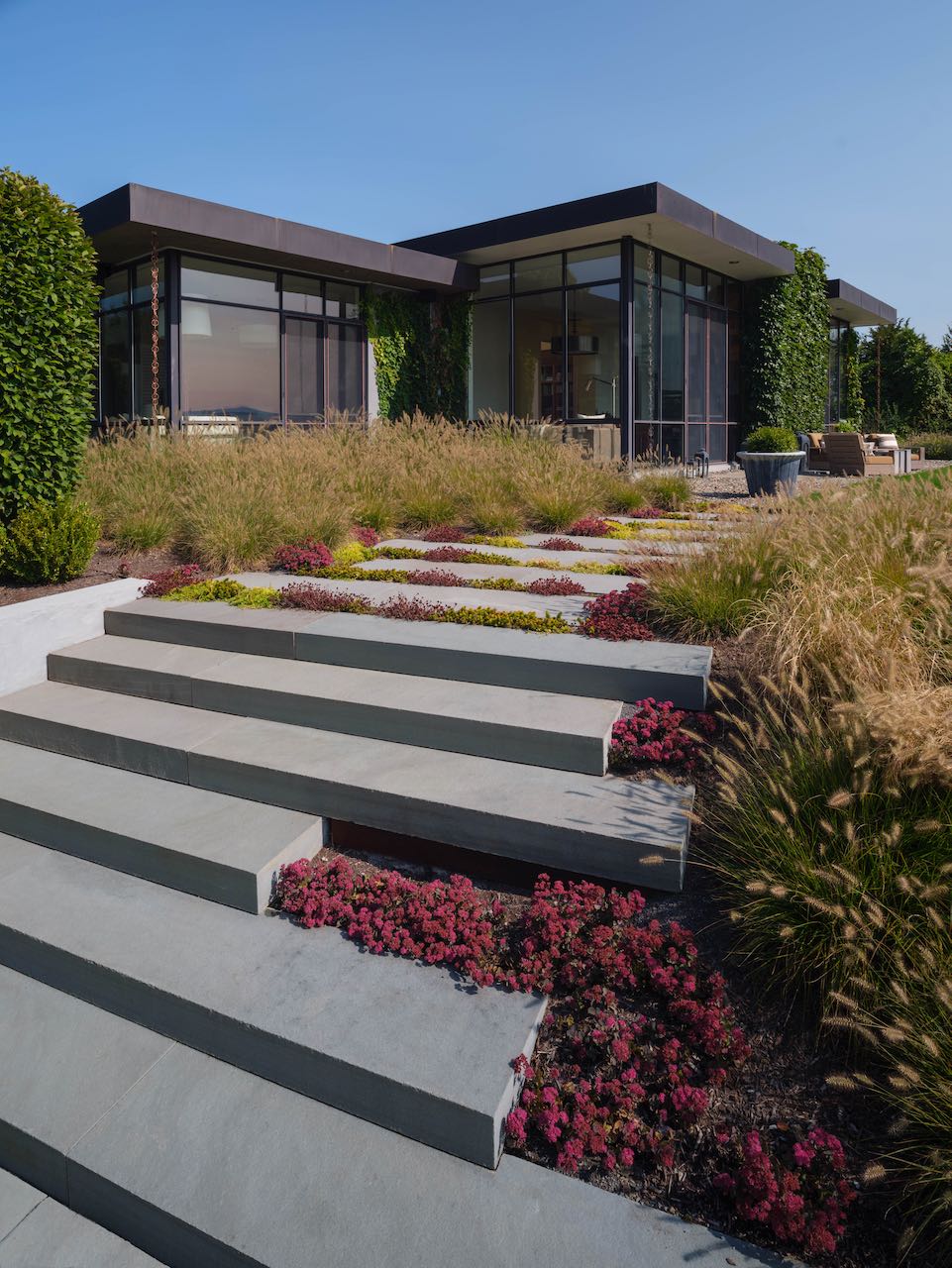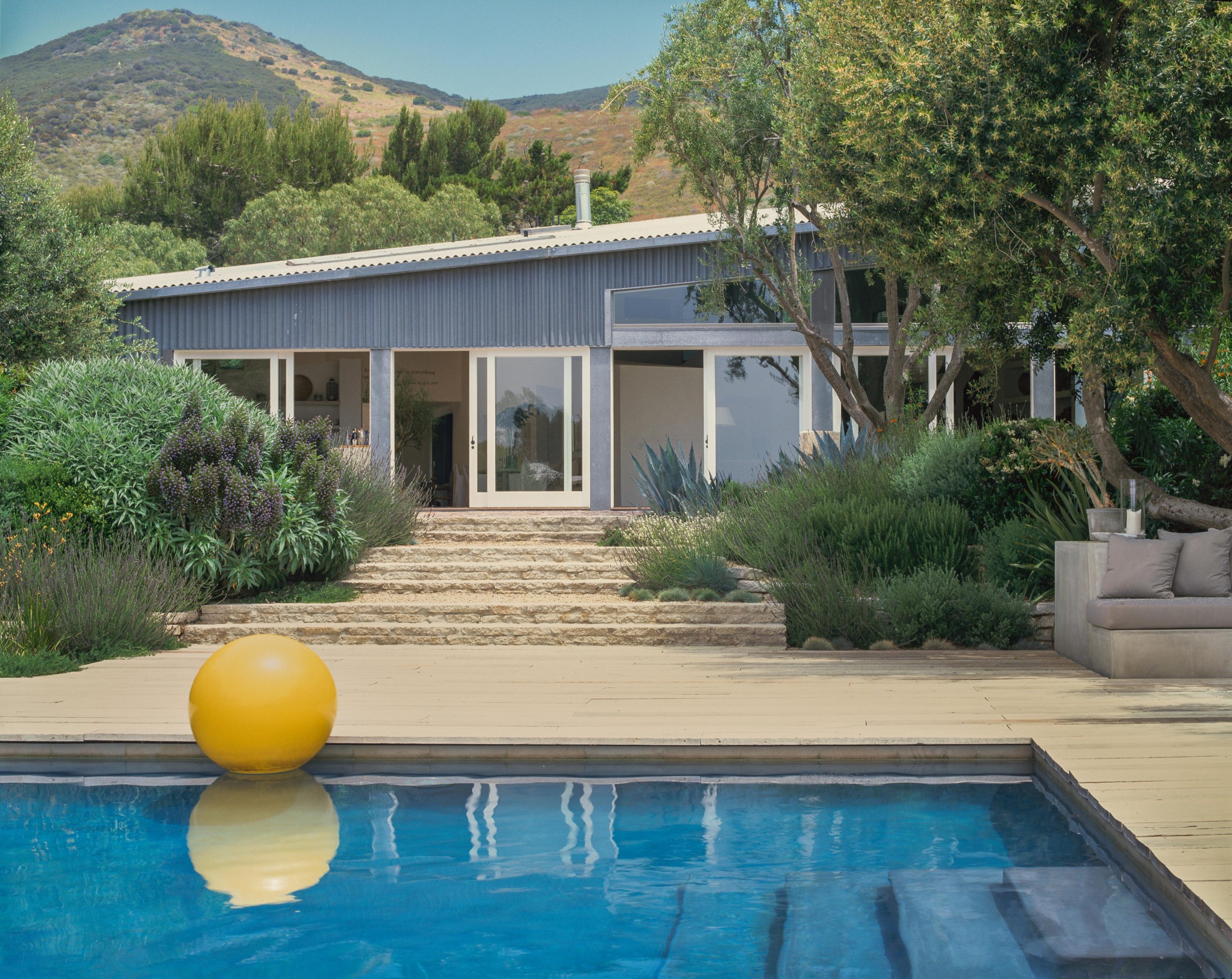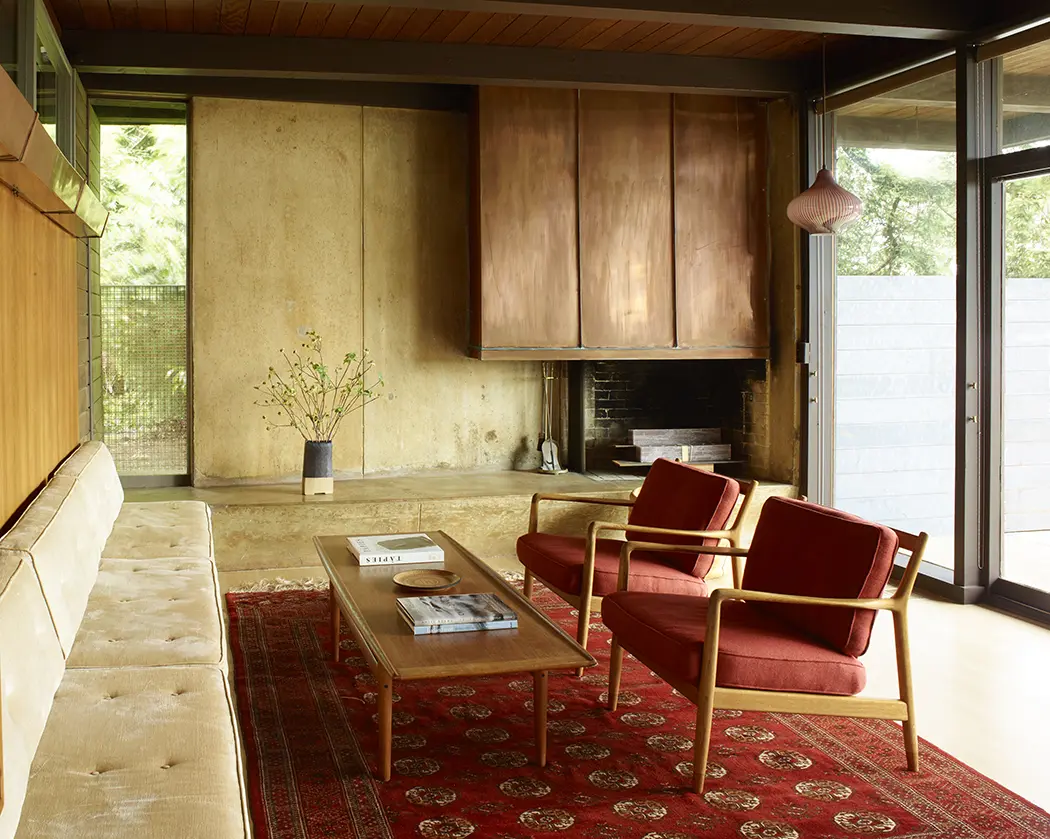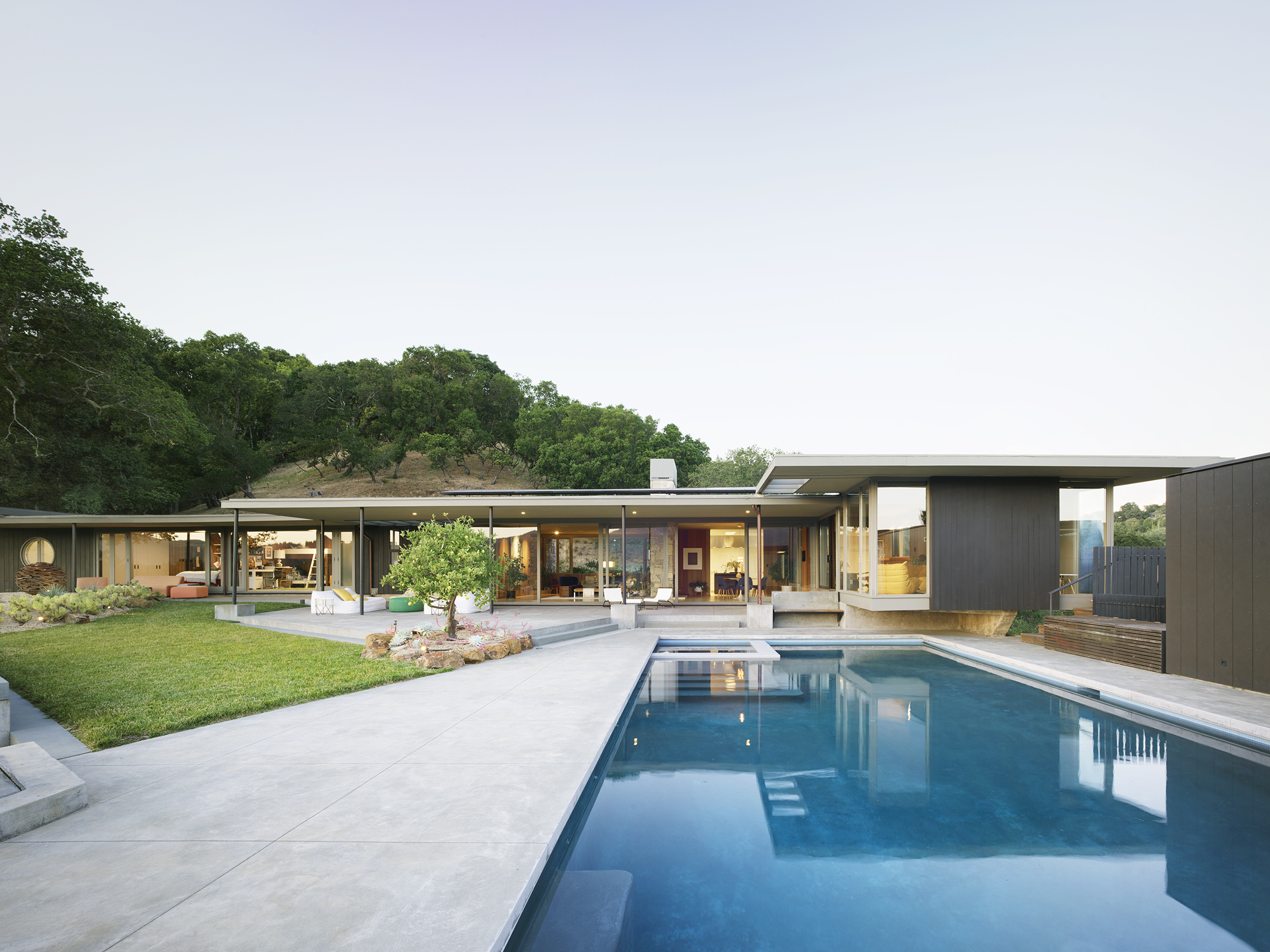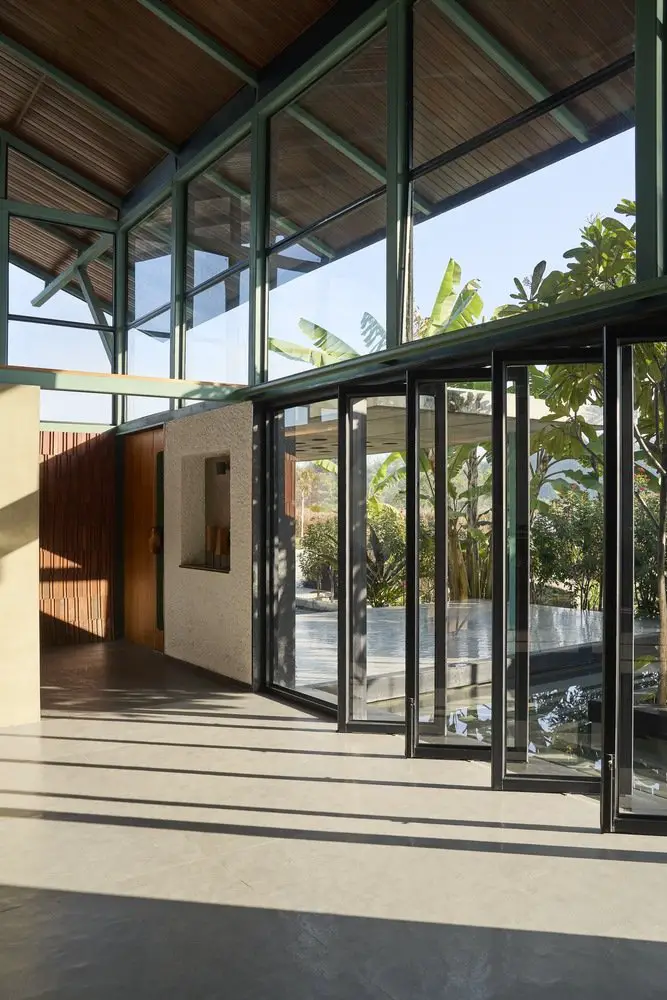
Today, we continue exploring the architectural elements that define mid-century homes. After covering the indoor–outdoor connection last week, this week we look at the importance of natural light and the features that allow its abundance in mid-century homes, floor-to-ceiling windows and glass walls.
If there is one architectural gesture that captures the spirit of mid-century modern design, it’s the expansive window. Generous panes of glass, carefully placed to welcome light and open sightlines, are far more than aesthetic choices. These mid-century windows fundamentally reshaped the relationship between architecture and environment, inviting nature in and allowing light to shape the experience of space.
From the very beginning, mid-century architects saw glass not as a barrier, but as a bridge. Floor-to-ceiling windows and clerestories were designed not just to frame the outdoors, but to dissolve the divide between home and landscape.
In many original homes, even modest footprints feel expansive because of how sunlight travels through the interiors, bouncing off clean lines and natural materials. One Melbourne restoration demonstrates this beautifully,where thoughtful glazing choices reawakened a previously dark home, allowing it to breathe again in full view of its garden setting.
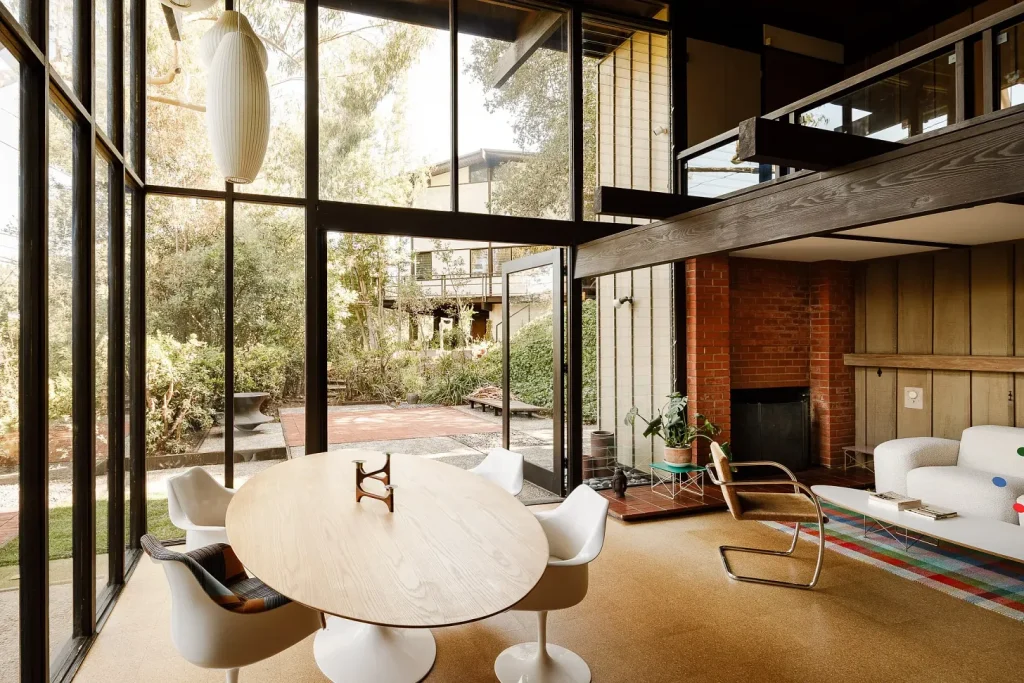
The emotional impact of this openness is as significant as the visual. Light becomes a living element, animating a space throughout the day and anchoring it to the rhythms of the world outside. In one case, a mid-century renovation introduced a glazed roof above an indoor planter, reactivating the heart of the home with dappled natural light. The gesture was subtle, yet it restored the house’s original intention: to be lived in harmony with its environment.
This sensitivity to placement and proportion can still be seen in projects where the original spirit is carefully preserved. Some homeowners have reinstated corner windows and clerestories as essential design moves that reclaim flow, light, and connection. In one bright transformation, reconfiguring the layout to face east,towards sunlight and greenery,allowed the interior to feel simultaneously grounded and limitless. These decisions are functional choices that support wellbeing, efficiency, and beauty.
This architectural transparency defines mid-century homes as a stylistic hallmark,. The floor-to-ceiling windows facilitate a conversation between indoor life and the outdoor world. When that connection is intact, a home feels more peaceful, more natural, more alive. It’s why, when families renovate these homes today, they often speak of a desire for openness, light, and flow, qualities that were always part of the original design language.
As we continue to adapt mid-century homes for contemporary living, the role of windows remains central. Updating materials for energy performance or adding new glazing where needed can be done with sensitivity, so long as the intent remains: to let the outside in. When light is treated not as an afterthought, but as a building block, a home becomes more than architecture,it becomes an experience of calm, clarity, and connection.
Mid-century floor to ceiling windows and glass walls remind us that living with abundance of natural light is not only a visual pleasure, but a human need. One that continues to shape the way we think and live in our home.
